Gun #2.- An attempt at shooting FT under German rules
But still, there are enough Germans shooting FT in Classes 4 and 5 that there are actually matches held for those.
Class 4 is the "F in Pentagon" (under 7.5 Joules/5.5 Ft-lbs) spring-piston rifles that recoil
Class 5 is the "F in Pentagon" (under 7.5 Joules/5.5 Ft-lbs) spring-piston rifles with recoil-less actions
These two classes are shot at distances between 9 and 25 meters (as opposed to 9 to 50 meters that the 12 ft-lbs limit game is played).
If you have ever tried to shoot a Match airgun at 27 yards (25 meters), you will realize that it is not an easy task. especially in the outdoors.
Here in the US, we do not have those limitations, and so, when someone talks about "indoor FT" (where distances pretty much correspond to Class 4 and 5 airguns in German FT), eyebrows are raised, and some even start gathering green firewood to burn the heretics, LOL!
But, we're moving too fast ahead, let's talk about THE RIFLE.
As we said in the first part of this entry, we had procured TWO LGV's directly from Germany:
The First one, we discussed extensively in that entry, and so we will not go into it again here.
Gun Number 2 had lost all historical or collector value because a scope rail had been added.
Here is a picture of the modification made by a German gunsmith, attaching the scope rail where normally the "Walther" brand and Patent statement would have been visible:
In any case, as I said above, this rail destroyed any collector's value the gun could have had and so, it made for a good test-bench to try a few different things and see where the limits of the little engines lie as far as power with accuracy is concerned. And, do please, remember at all times that power by itself is useless in airguns without accuracy.
The same gooey mass came out of the compression chamber of gun #2, and we used the same method (acetone) to dissolve the slime, and a contoured brass rod to scrape, without scratching, the compression chamber walls.
The same HMO style piston went into this gun with an Urethane ORing because the temperatures and the pressures expected do not warrant the use of HNBR material.
I will not go into all the details of the different things tried (we tried Titan springs #'s 7, 10, and 1; plus the OEM spring and the two counter-wound OEM half-springs), but the end result was very interesting:
Using a Titan # 1 spring, cut to 21 total coils (yes, it was a drastic cut off), we obtained a VERY nice shot cycle, somewhat skewed towards the light pellets normal for these guns:
The Diabolo Basic yielded 678 ± 4 fps
The QYS.- 566 ± 5 fps
The JSB RS's.- 575± 5 fps
And then, just out of curiosity, I tested the Domed GTO's (made out of tin using the JSB Exact 10.34 die) and what a surprise.- 732 ± 4 fps
the "little engine" was doing 8.1 ft-lbs at the muzzle!
I've heard of FWB 300's that using the JM/ARH "Arctic" spring yielded 7½ to 8 ft-lbs, but I have never actually seen, tested, nor shot one. So, to me, that is still "vaporware". But this is reality.
Checking the accuracy, at first was somewhat disheartening. The D-B shot well, but as a wad-cutter, it was not precisely FT material.
The RS's performed very poorly, but that detracts nothing of the JSB quality, it just means that the bore is a little on the large side.
The GTO's were nothing to brag about, and so I started thinking:
Here was a gun that was NEVER intended to reach the 8 ft-lbs, the barrel was pencil-thin, and the weight enhancing "anchor" of a sleeve was not there. Originally, it had borne a medium weight sleeve, but we did not need weight, we needed rigidity.
And then it flashed into my mind some experiments performed way back when (1975-1976), with an ultralight-mountain rifle in a heavy caliber.
And so, I decided to put a tensioning sleeve on the little LGV.
I procured some CF tubes in different sizes and tried various combinations of wall thickness to tensions.
I also tried the Baracuda Green pellets.
In the end, the best result was obtained with a 15X18 CF tube tensioned to 35 in-lbs:
But, what to do with this gun? apart from shooting Olympic Match, of course, ROFL!
Well, my good friends at Palmyra Sportsman's Association provided the answer:
They hosted an indoor/winter FT session (not really a Match), that had targets between the 10 yards and the 22 yards that their indoor range allowed.
Obviously, the idea was to put some "handicap" into the shoot by not shooting my "formal" competition airgun. It's no fun to clean a course that has been designed for less energy and less ranging capabilities.
So, this little gun came in perfectly for the task. How perfectly? you will have to be patient because first we need to talk a bit more about the gun.
The challenge to shoot indoors and still make it a meaningful event, starts with the optics.
You simply cannot put a monster scope atop a relatively little engine. Yes, you will range perfectly, but that is not a challenge! I started looking over my collection of scopes and although I have some really remarkable specimens, after some testing between eye relief, magnification, weight and mounting options, the only real solution was a Leapers Bug-Buster, set in a pair of old steel RWS adjustable mounts.
Why the need for adjustable mounts?
Consider that the OEM peep sight has about 50 MOA's of elevation capacity. There is NO scope in this size that can match that.
And the rifle's architecture does correspond to that. So: adjustable mounts!
Here is the result:
Here is a view of the OEM peep arrangement:
And, so equipped, I shot some distance targets to try to establish the trajectory:
Overall the gun is a pleasure to look at, to shoot, and to carry.
And they didn't use ugly wood either:
One thing that did became apparent early on is that the gun is temperature dependent. I am not saying sensitive, because 50° F of temperature swing is nothing to sneeze at. The gun had stayed in the trunk of the car overnight, and then brought into the indoors range where we were shooting in long sleeved T Shirts.
After a little while and with a little bit of action, the gun stabilized and I started shooting the course.
Keep well and shoot straight!
HM © 08/02/22
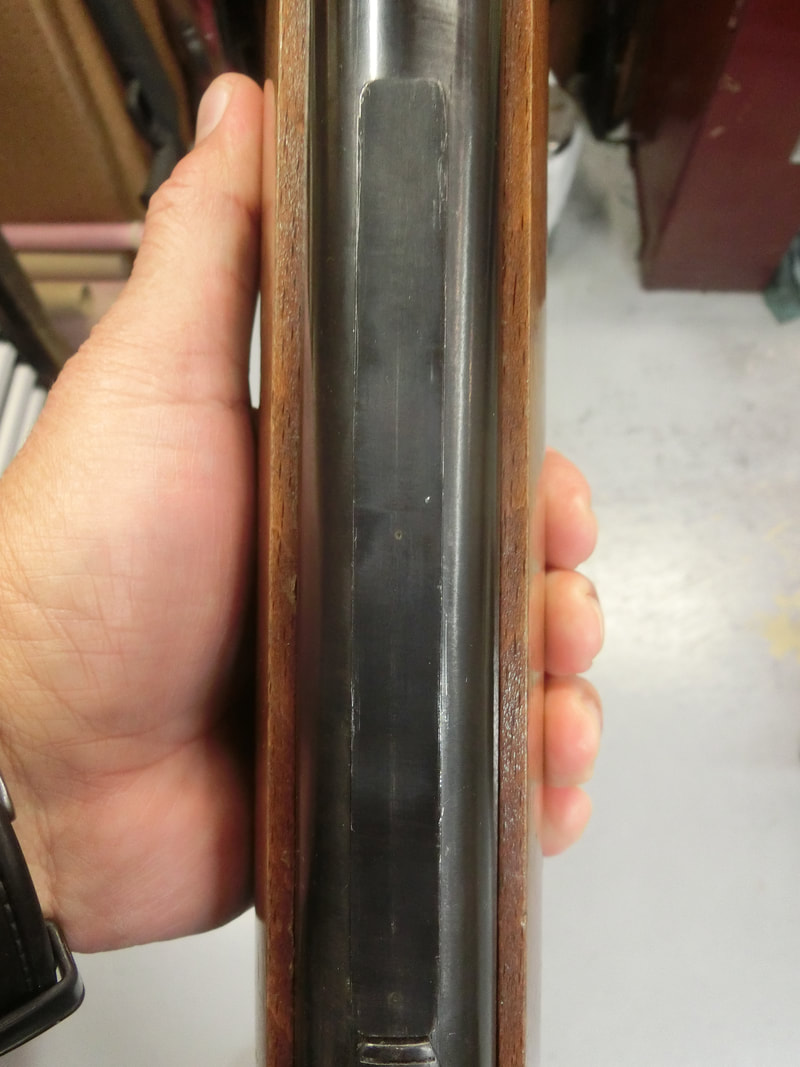
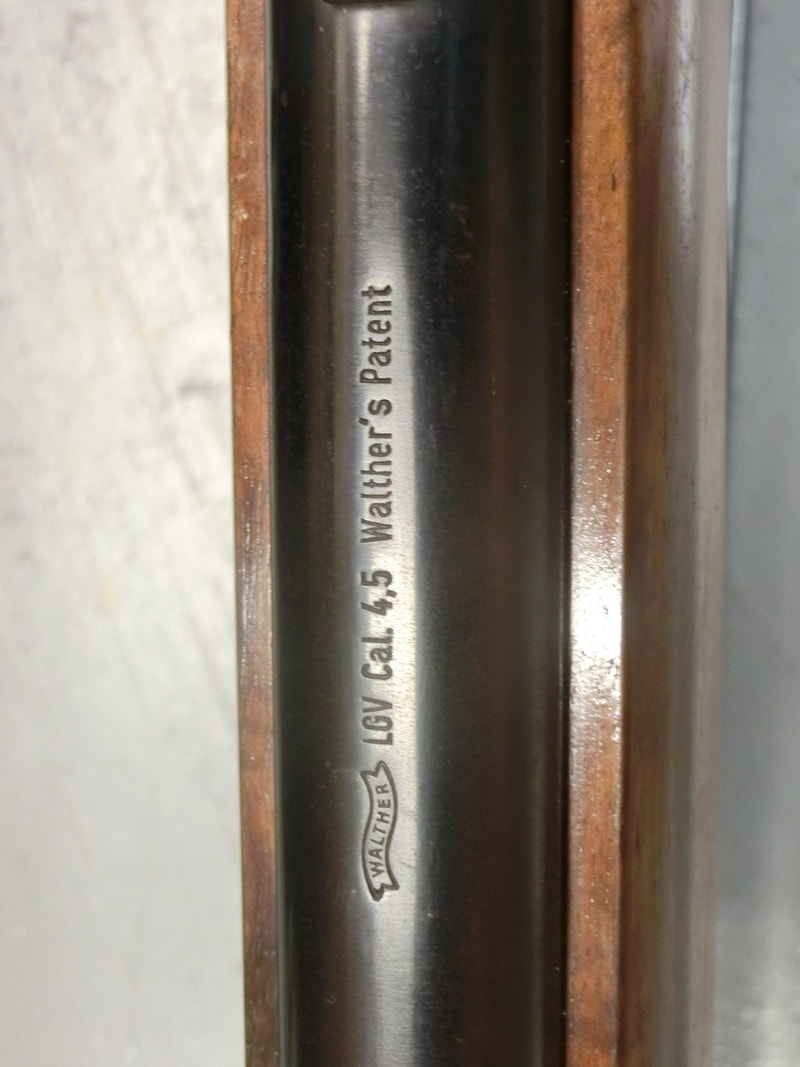
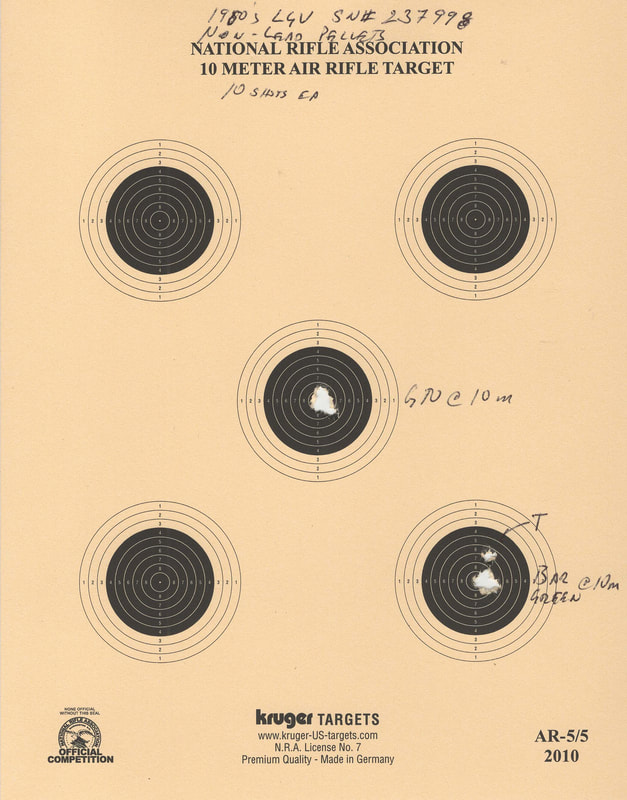
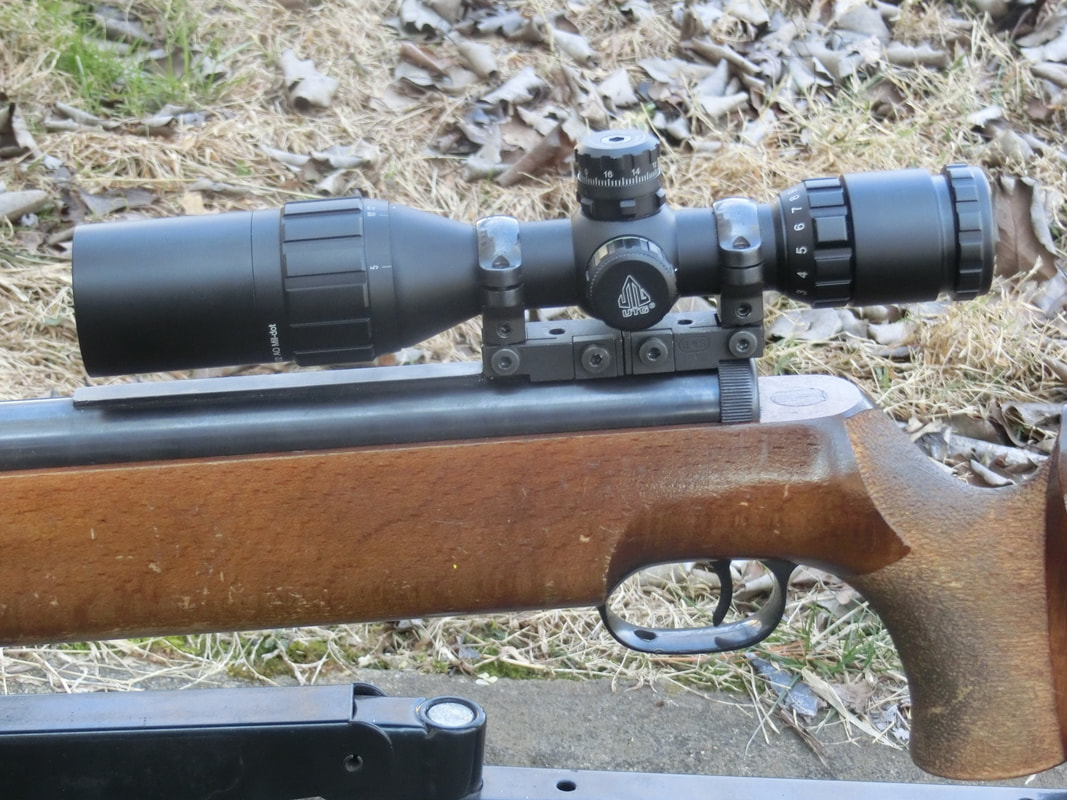
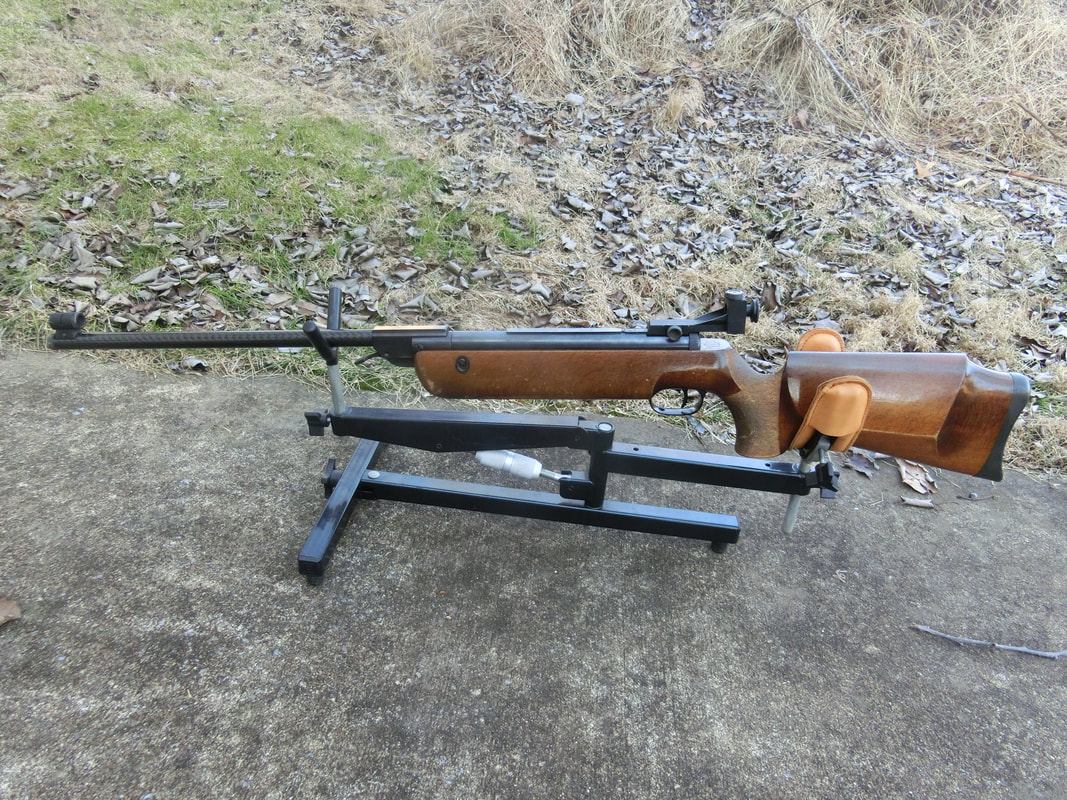
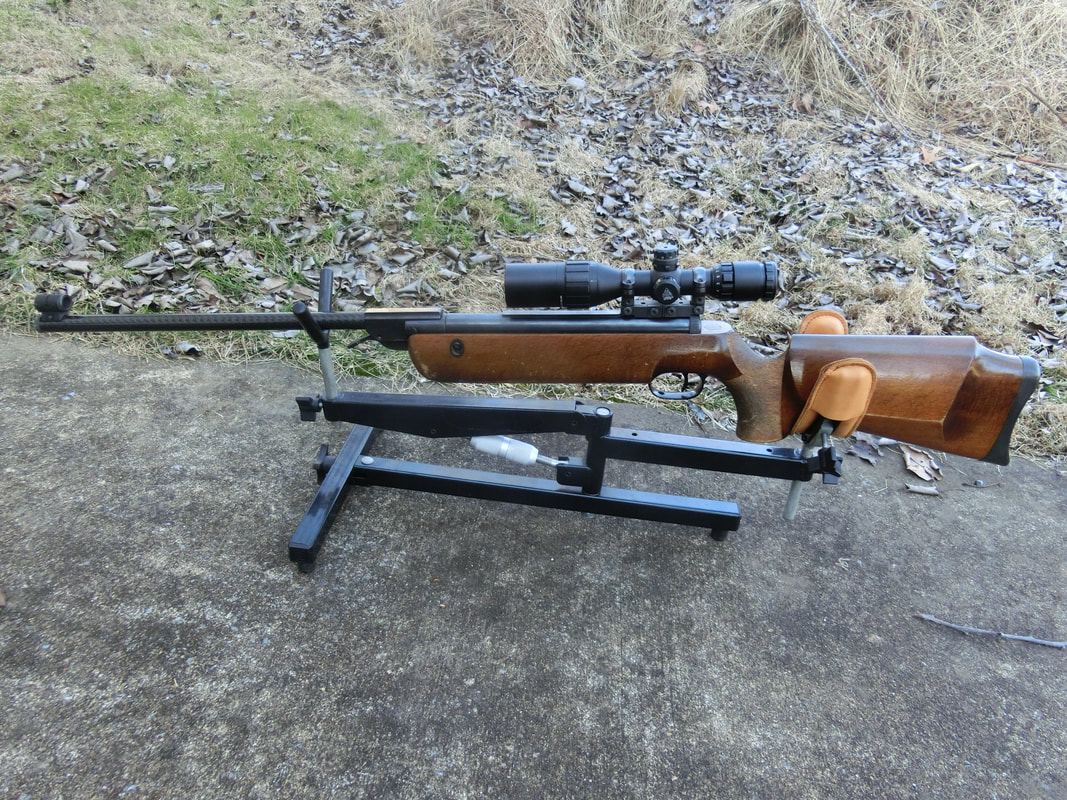
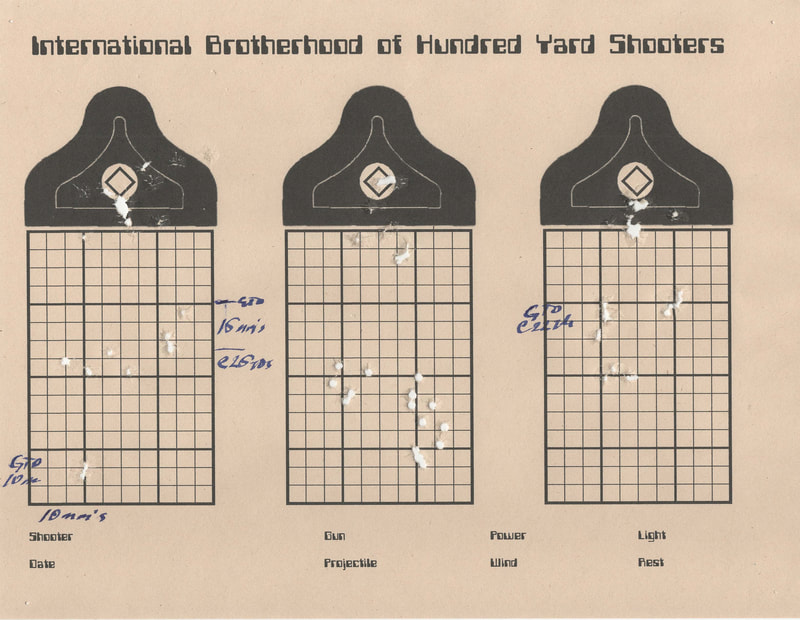
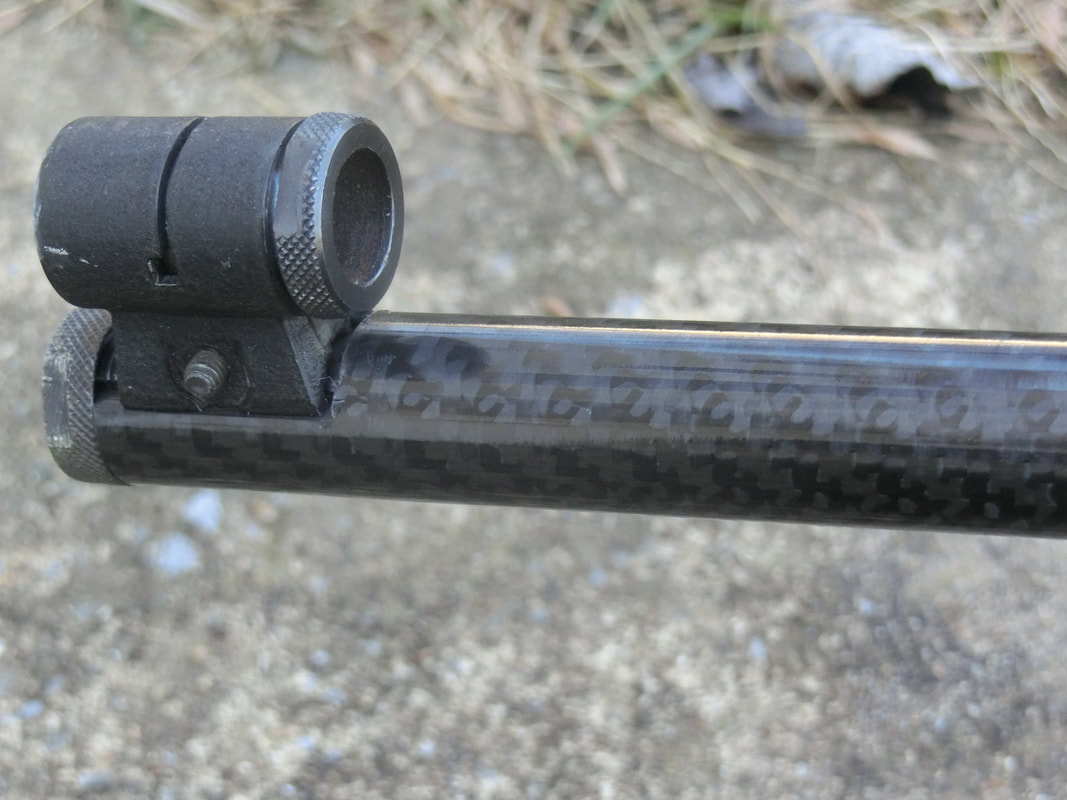
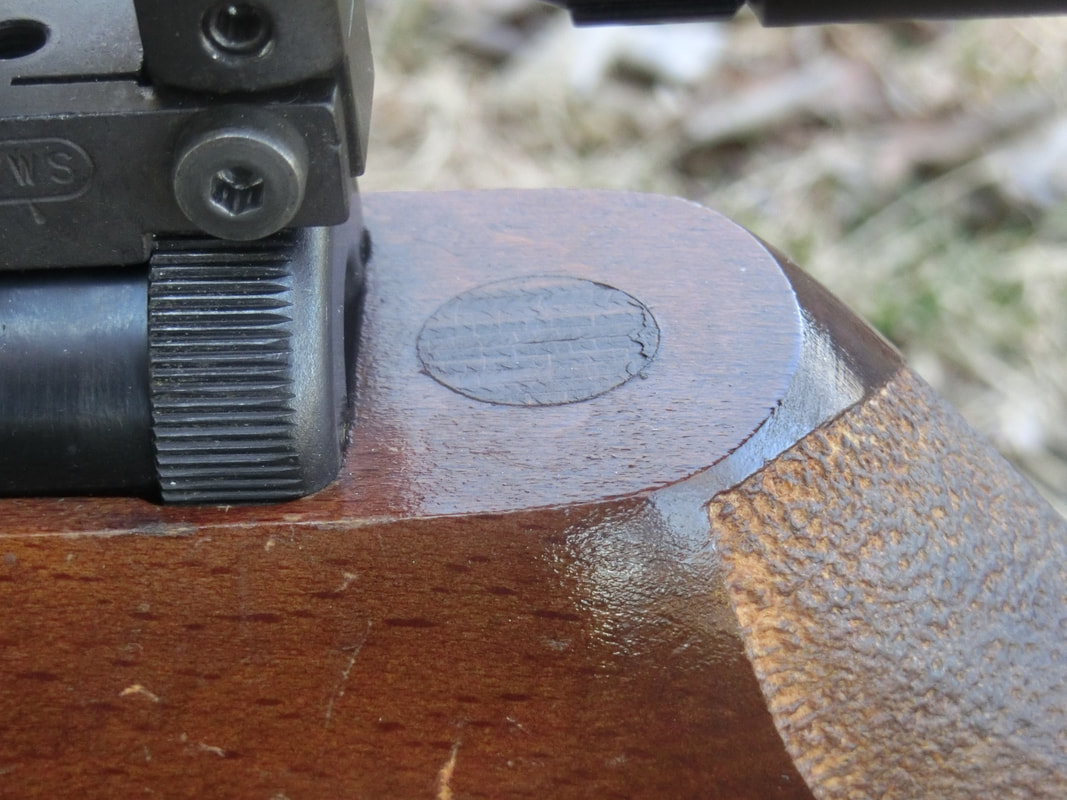
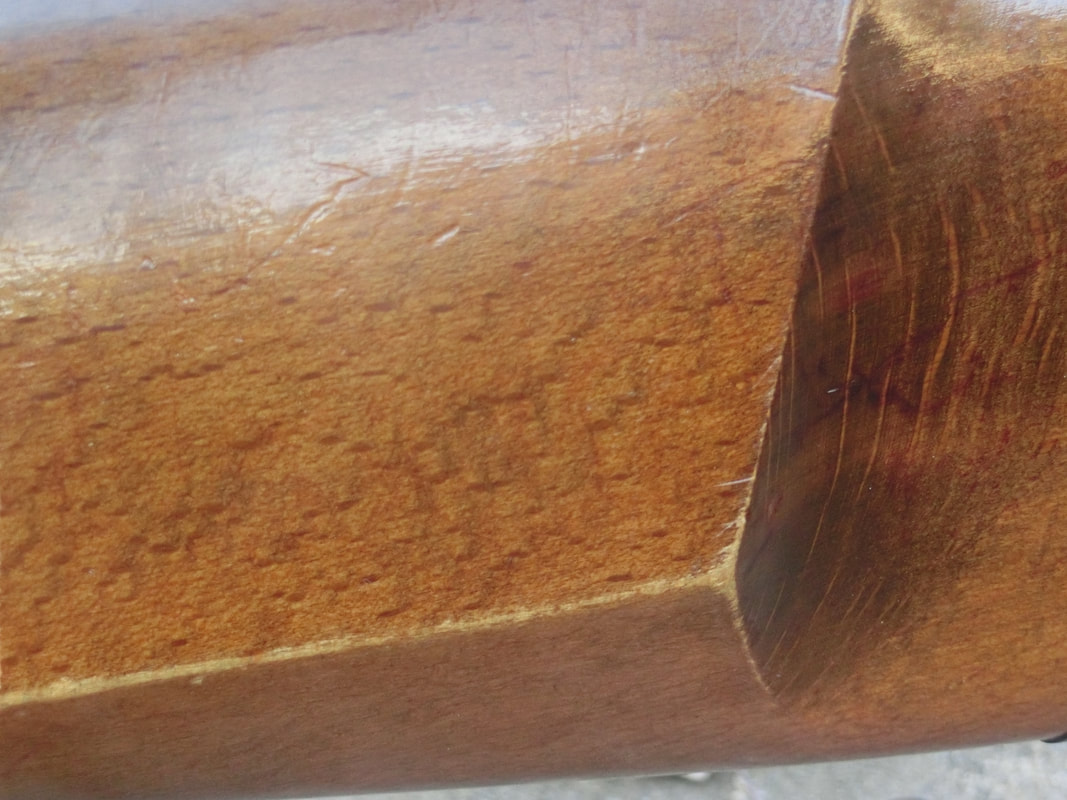
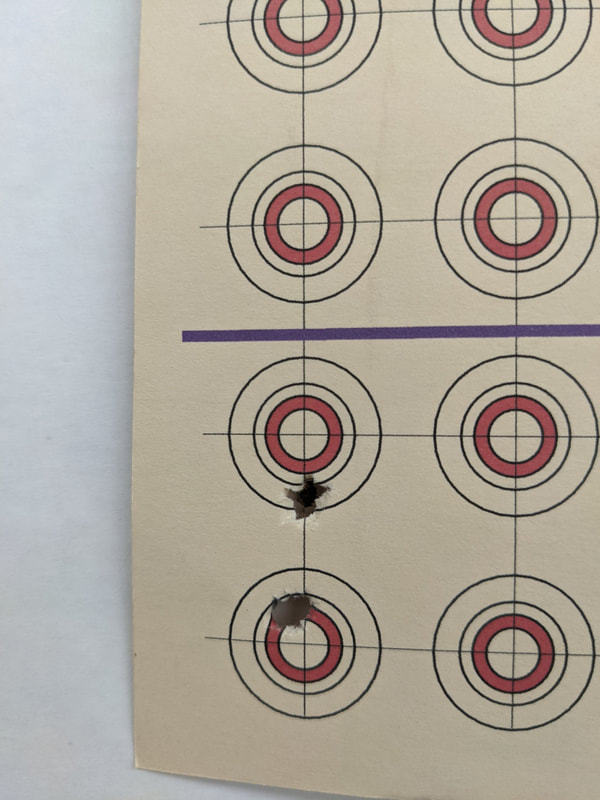
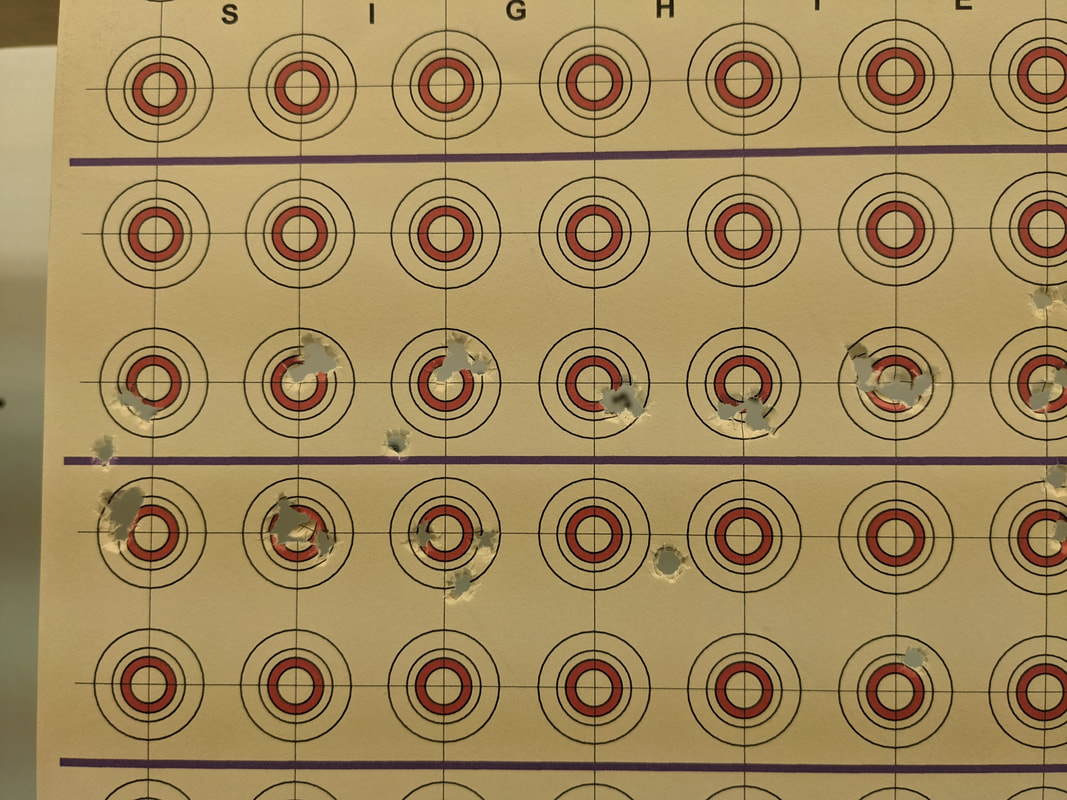
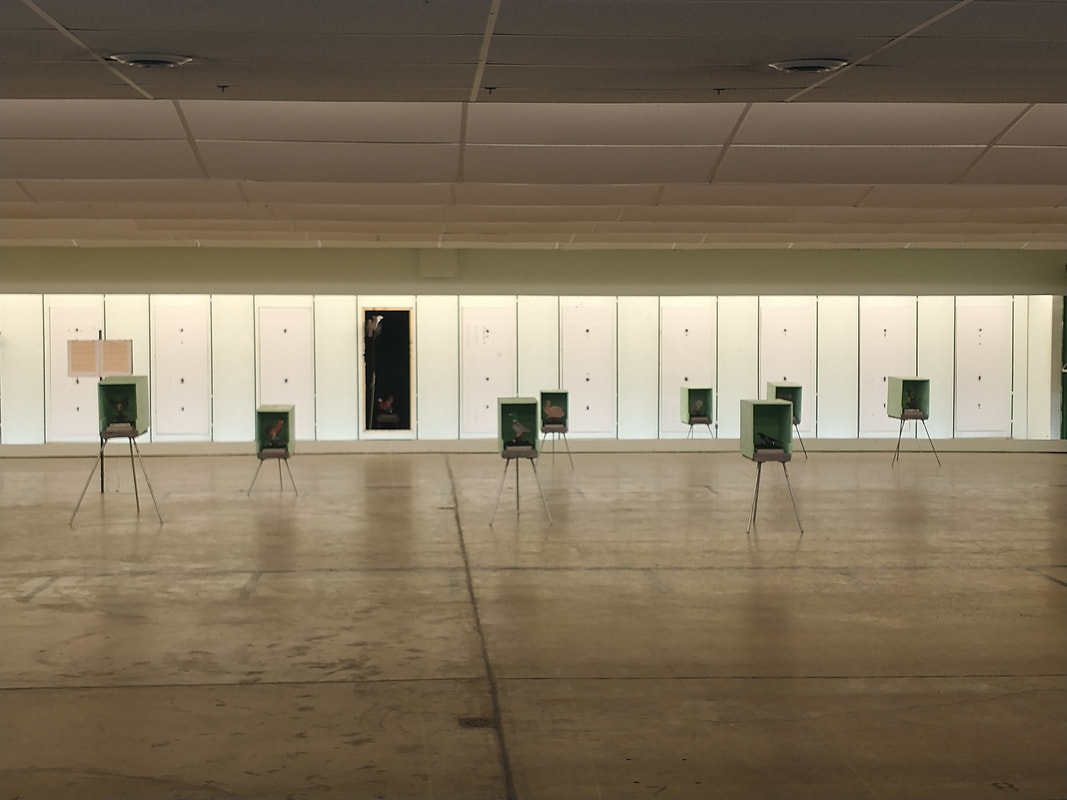
 RSS Feed
RSS Feed